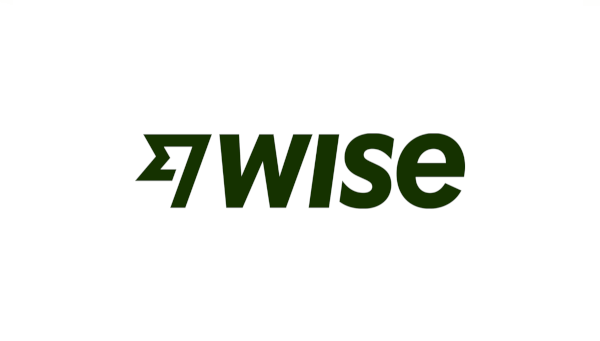What are the weakest currencies in the world? (2025)
The weakest currency in the world might not be the one you think it is. Discover the 10 weakest global currencies and our guide to each of them.

If you ever send money internationally, you’ll likely need a SWIFT or BIC code to tell the bank or transfer service where to send the money. This guide will explain what they are, what the differences between them are and how and when you might use them.
BIC stands for Bank Identifier Code. A BIC is sometimes called a SWIFT code, SWIFT BIC or SWIFT ID (all of these mean the same thing). A SWIFT/BIC consists of 8-11 characters used to identify a specific bank in an international transaction, to make sure the money is going to the correct place.
BIC/SWIFT codes are arranged like this:
AAAABBCCDDD
Your bank can help you find the right SWIFT/BIC for an international transfer, or you can use an online SWIFT/BIC tool.
Anyone transferring money across international lines nearly always needs to use a SWIFT/BIC code, since it’s the way banks and money transfer services identify where to send money on a global scale. You can think of a SWIFT/BIC code a bit like an international postal code so that a bank on one side of the world finds the right bank on the other side of the world. Just like sending mail to a wrong zip code means it may get lost or returned, the same goes for your money and incorrect SWIFT codes.
There are some exceptions to this, however. Traditional SWIFT transfers rack up a lot of expensive correspondent banking fees. Services like Wise use smart, new technology to skip using the old, rusty, slow SWIFT international transfer system. (And also get to skip its expensive fees and bad exchange rates.) Wise connects local bank accounts all over the world and people sending money on all sides. So, in that case, you’ll only need your recipient’s local bank details rather than international banking info. Find out more how Wise works and get started.
However, for old world banking that crosses all those borders and racks up the hefty SWIFT fees, if you’re the recipient, you’ll need to send your SWIFT/BIC code to the sender. If you’re the sender, you’ll need the recipient to give you the code for his or her bank. However, the good news is that even if your recipient hasn’t given you their SWIFT code, then you can actually look it up online. That said, it’s always a good idea to confirm it with the recipient, because an incorrect SWIFT/BIC code could delay a transfer or worse, send it to the wrong account.
Whenever you move money internationally, it’s likely that the currency will have to be converted from the sender’s home currency to the recipient’s home currency. And when banks and transfer services convert currencies, they often mark up their exchange rates above the mid-market rate, or the actual exchange rate you see when you Google it, by an average of 4-6% so they can make an extra profit off your transfer.
This basically amounts to a hidden fee that you have to pay, and it can get expensive, fast. When you’re making an international transfer, compare your offered exchange rate to the mid-market rate using an online currency converter to see if you’re getting a good deal.
Bank transfers that use the SWIFT system often go through 1-3 intermediary banks, and each of those can charge a fee. Between transfer fees, marked up exchange rates and intermediary fees, international transfers can really add up. Make sure to research all your options to make sure you’re using a transfer service that’s best for you - and your wallet.
See if Wise may help you start saving today.
Feeling more ready to make an international money transfer? With this information, you should be ready to take full advantage of the SWIFT system.
*Please see terms of use and product availability for your region or visit Wise fees and pricing for the most up to date pricing and fee information.
This publication is provided for general information purposes and does not constitute legal, tax or other professional advice from Wise Payments Limited or its subsidiaries and its affiliates, and it is not intended as a substitute for obtaining advice from a financial advisor or any other professional.
We make no representations, warranties or guarantees, whether expressed or implied, that the content in the publication is accurate, complete or up to date.

The weakest currency in the world might not be the one you think it is. Discover the 10 weakest global currencies and our guide to each of them.

The strongest currency in the world might not be what you think it is. We've compiled data on the top 25 global currencies with guides to each.

If you bank with Chase UK®¹ and you’re worried about the security of your payment card, you’ll be looking for quick and convenient ways to cancel a Chase card...

If you’re planning a holiday or business trip, you’ll need to work out the cost of spending in a different currency. Many people these days choose to spend on...

Looking for Christmas savings tips? You’re in the right place. As the costs of living increase, and rising interest rates push up mortgage repayments for many...

For customers of Wise Payments Ltd, sending or holding money in the Wise account, we safeguard it in keeping with Wise’s regulatory obligations in the UK. We...